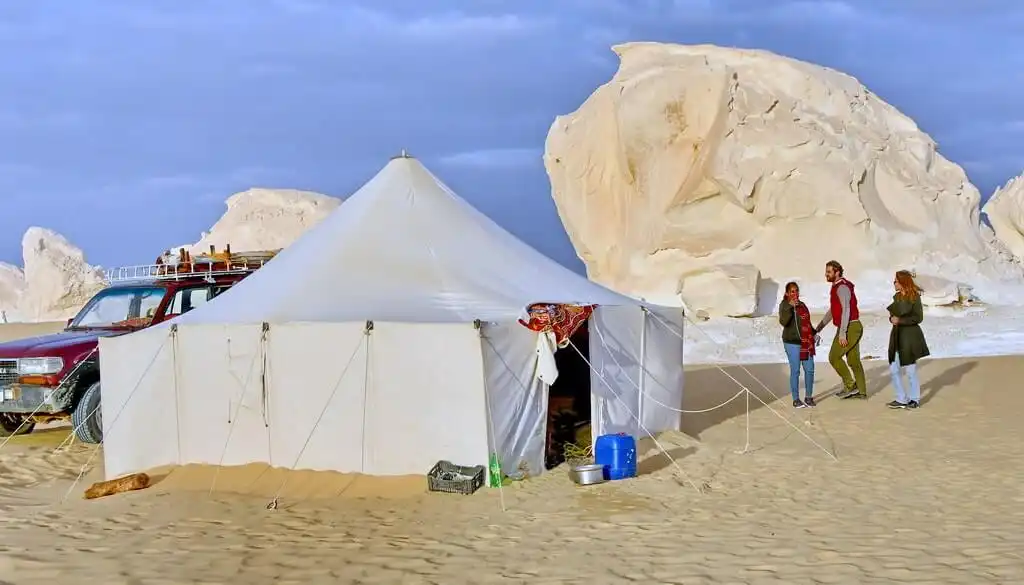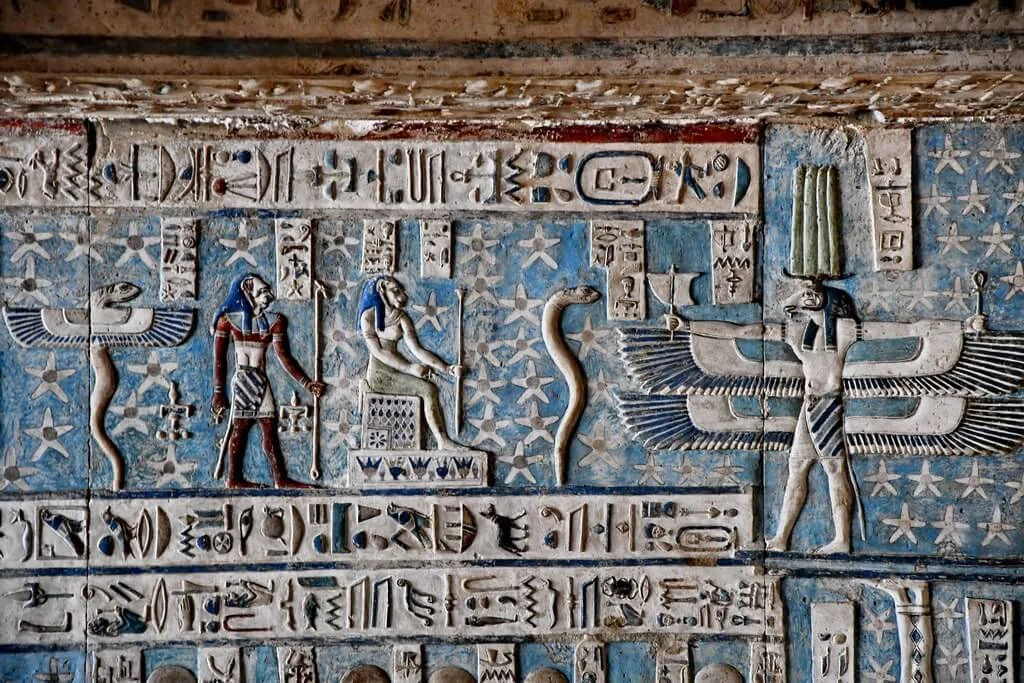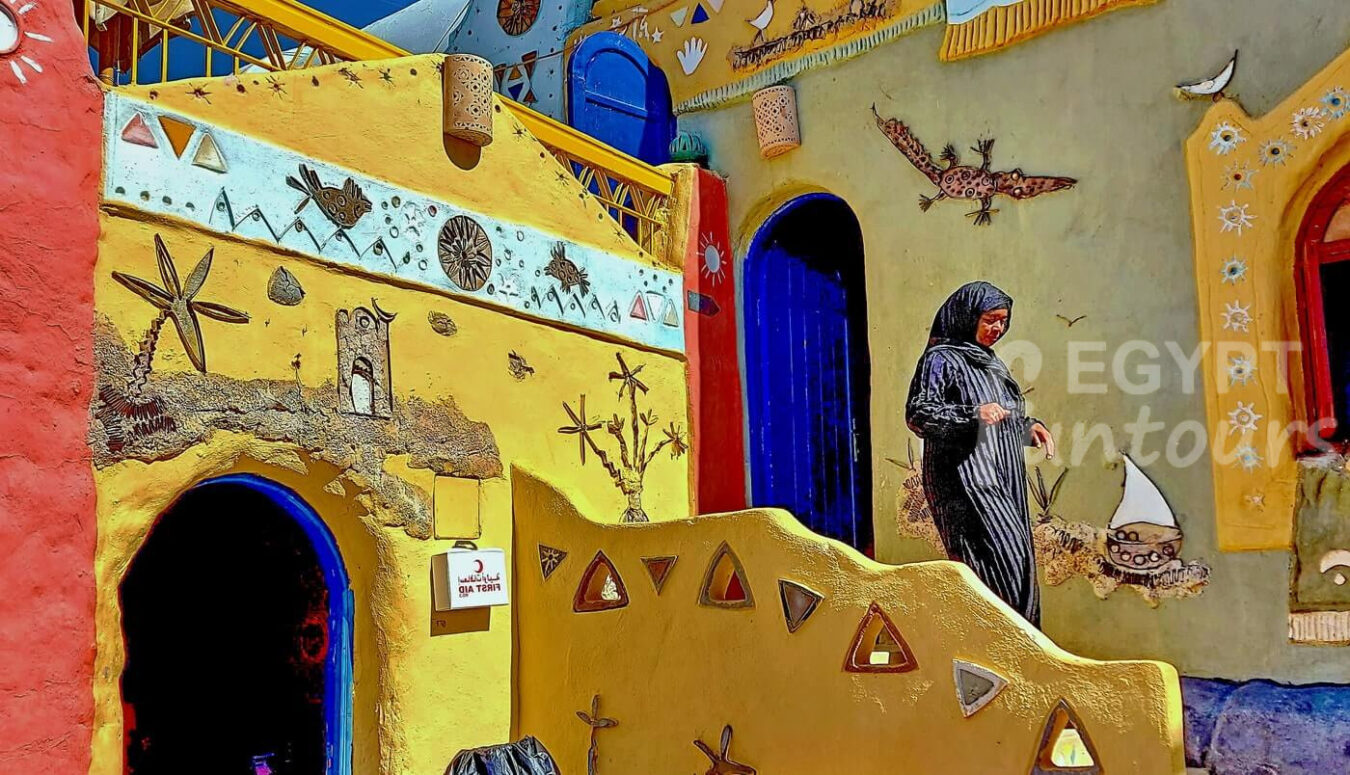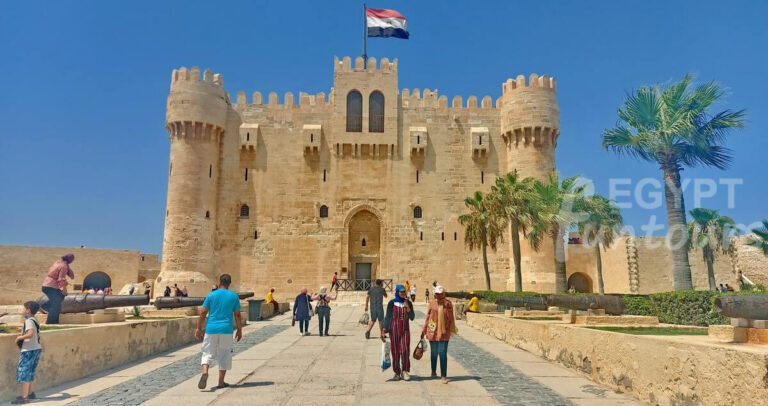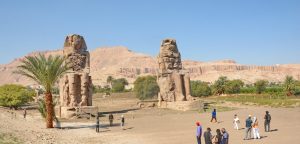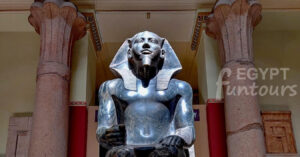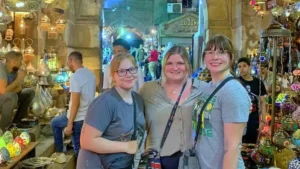The Pyramids of Giza, the temples of Karnak, the Valley of the Kings. These are the titans of world history, and for good reason, they are the “usual sites” that draw millions to Egypt. They are magnificent, essential, and a non-negotiable part of any first-time visit.
But a trip to Egypt can be so much more. The “usual sites” often mean overwhelming crowds, persistent vendors, and a feeling that you’re just following a well-worn script, checking boxes from a list. What if you want to find the Egypt between the monuments? The Egypt that is quiet, surreal, and deeply personal?
This is your guide to Egypt beyond the usual sites. We are going off the beaten path to discover the experiences that create truly unique memories. We will explore surreal desert landscapes, enter tombs you’ll have all to yourself, and connect with a culture far from the tourist trail. If you’re looking for non-touristy things to do in Egypt, you’ve come to the right place.

